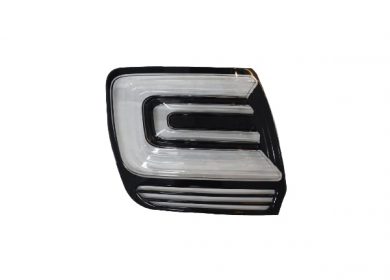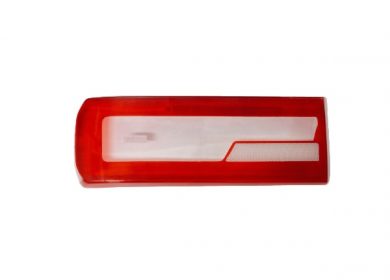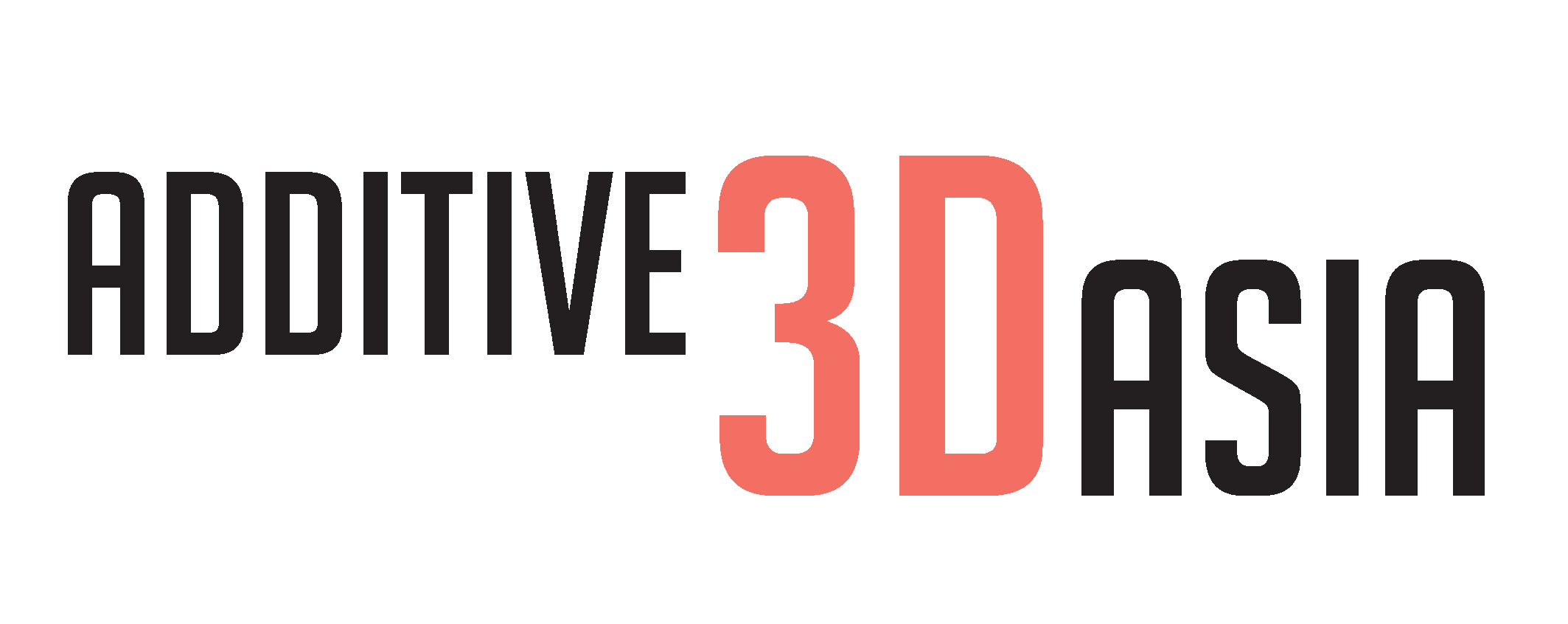Vacuum Urethane Casting Services
What is Vacuum Urethane Casting?
Rapid prototyping is being widely embraced by manufacturing companies to accelerate product development and offer cost-savings and security for mass production. Of the various rapid-prototyping processes, vacuum casting is one of the effective methods for the swift production of high-quality prototypes. A cost-efficient alternative to the conventional injection-moulding process, it uses two components: polyurethane (PU) casting resins and silicone moulds. This produces prototypes and end-use products quickly even when accommodating design changes.
What is the Vacuum Urethane Casting Process?
A typical vacuum casting process includes:
- Creation of a Master Pattern
This technique works by first producing a master model. The master model is typically created using Stereolithography (SLA) to achieve high-quality and smooth surface finish.
- Curing Process
Subsequently, a silicone mould is produced by casting silicone around the master model, then placed in a vacuum. The resin will harden while simultaneously removing all of the air bubbles from the material. Finally, this leaves you with a cavity of the perfect representation of the master model to make more copies from.
- Filling the Resin
With the newly created mould, industrial material such as resin can be used to fill the cavity to replicate specific parts. Once the mould is filled, it is placed in a vacuum chamber for end-product creation that is free of air bubbles.
- Final Curing Process
After a final cured stage to ensure strength and material durability, the prototype is removed from the mould to be designed according to the client’s specifications.
Benefits of Vacuum Urethane Casting
Known to produce top-quality duplicates with the shortest lead time, vacuum casting allows for the production of infinite parts from a singular cast.
In comparison to injection moulding, the process offers a lower front end cost with a higher unit price, while injection moulding demands a higher front end cost, but a significantly lower unit price. On the other hand, the quality of parts produced by silicone moulding and injection-moulding is comparable.
As a result, the method is suitable for low volume manufacturing of 20 parts or less when injection moulding is not cost-efficient. Its benefits can thus be summarised as follows:
- Top-quality and high precision finished products
- Time-efficient
- Lower production costs
Relevant to a range of industries such as the F&B industry, packaging, cosmetics, and more, this economical method of product manufacturing is a solution worth considering for rapid prototypes and end-use products.
Materials
The following are materials we are able offer for Vacuum Casting production:
1. Soft Rubber – Material offering a with Shore A Harness of between 15 – 90. Depending on the Shore Harness material performance similar to TPE, silica gel, rubber, PVC material, collectively referred to as compound mold soft rubber.
2. Transparent TPU – Thermoplastic Polyurethane soft material offers a Shore Hardness from 20 – 70 and available in either full or semi transparent finishing.
3. ABS – Acrylonitrile Butadiene Styrene material is well known for it’s high strength, toughness and durability. Standard ABS material has temperature resistant up to 120 – 150 degree celsius. With High Temperature ABS material, it is able to withstand up to 180 – 200 degree celsius. Results may varies depending on testing parameters, settings and environment.
4. PC – Polycarbonate material able to withstand temperature up to 60 degree celsius. Available in full or semi transparent material.
5. PMMA Acrylic – Polymethyl Methacrylate Acrylic producing parts with high transparency.
6. PP – Polypropylene material is the second most extensively used plastic and known for being durable, robust and resistant to many external factors.
7. PE – Polyethylene soft material similar to plastic bottle cover. Available in white only.
8. PA Nylon – Polyamide Nylon material producing parts in high strength, hard and toughness with smooth surface finishing. Material can be mix with Glass Fiber between 10% – 30% for further performance.
9. POM – Polyoxymethylene material producing parts that require hard and high strength.
10. PU Resin – Polyurethane process resin suitable for low volume production.
11. Flame Retardant – Compliant to standard of UL 94V-0 rated flame retardant material are certified fire resistance and self-extinguishing.
Select the right Shore Hardness






